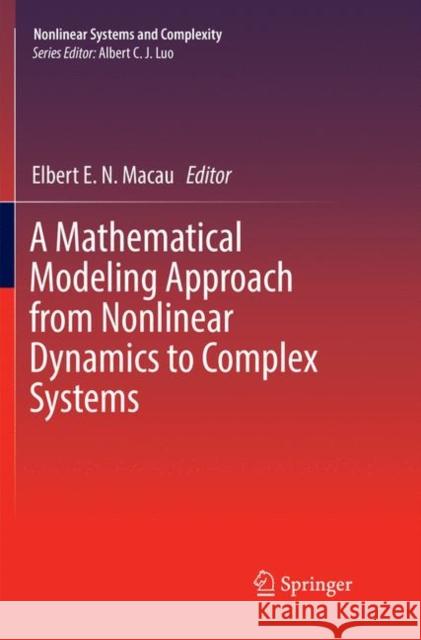A Mathematical Modeling Approach from Nonlinear Dynamics to Complex Systems » książka
topmenu
A Mathematical Modeling Approach from Nonlinear Dynamics to Complex Systems
ISBN-13: 9783030087180 / Angielski / Miękka / 2018 / 228 str.
Kategorie:
Kategorie BISAC:
Wydawca:
Springer
Seria wydawnicza:
Język:
Angielski
ISBN-13:
9783030087180
Rok wydania:
2018
Dostępne języki:
Numer serii:
000457642
Ilość stron:
228
Oprawa:
Miękka











